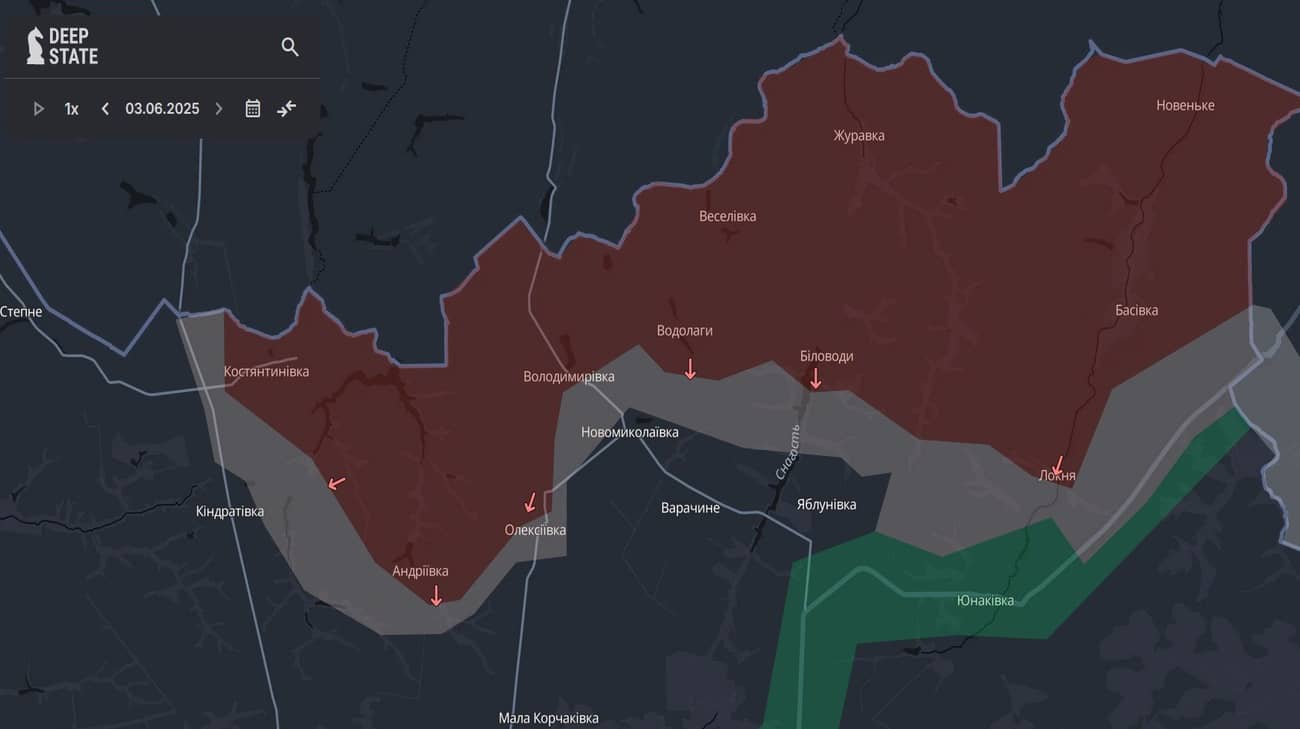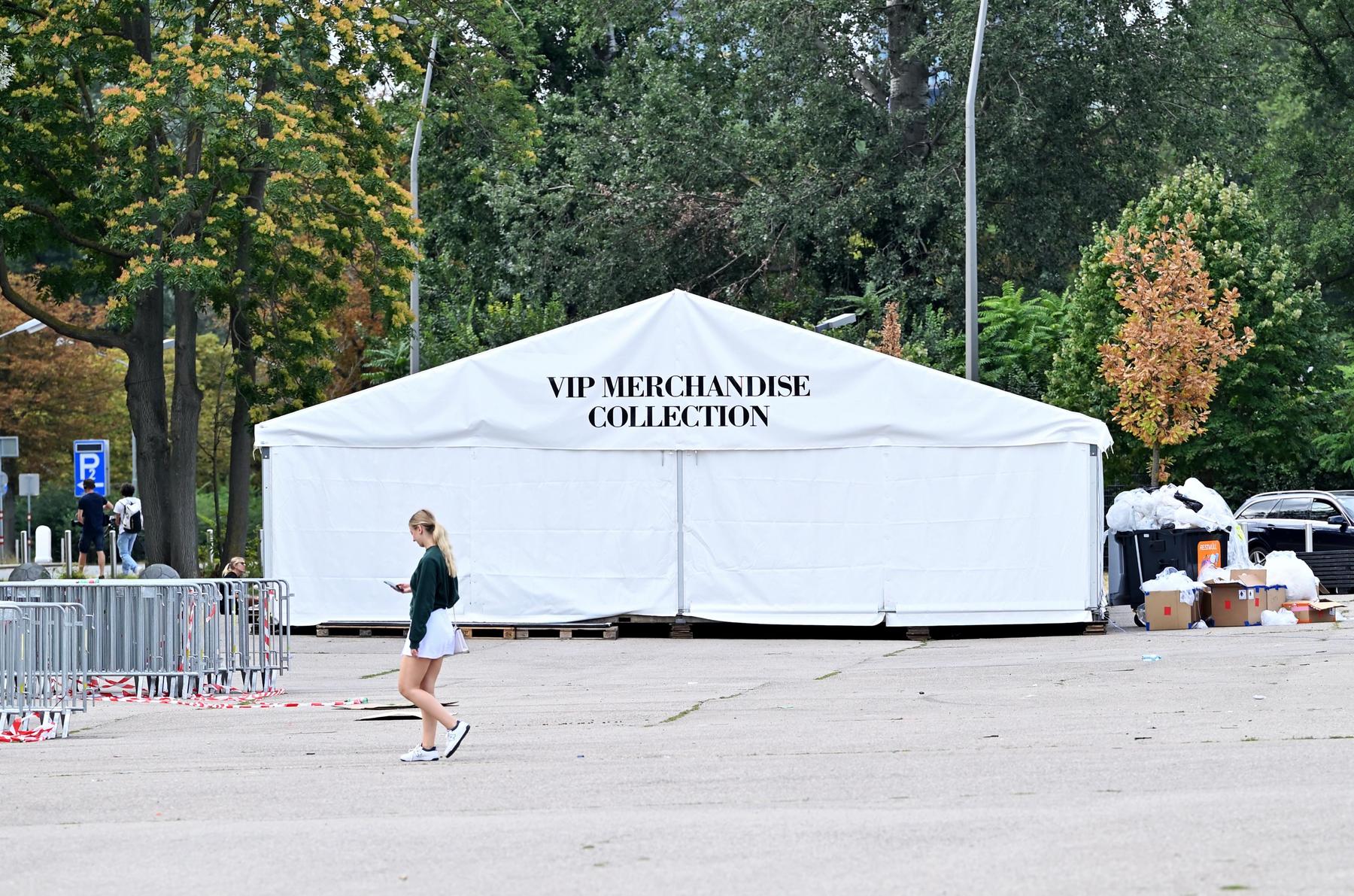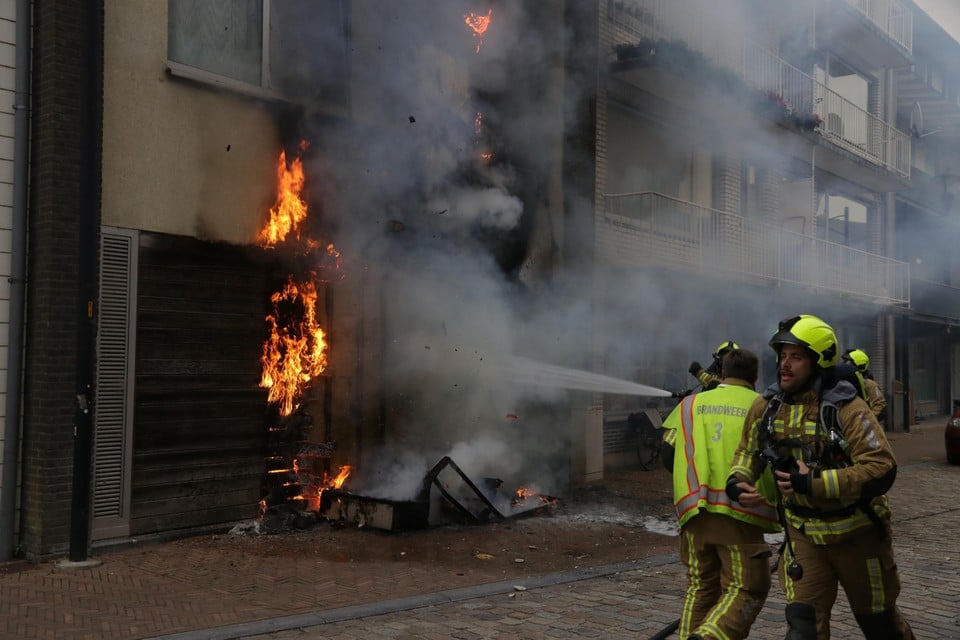Brave principal in Ukraine is praised for her resistance to Russian occupation

After three months of occupation, the new Russian gentlemen swung the whip seriously. Until then, the teacher and the principal Larysa Fesenko at their village school could continue with teaching according to Ukrainian curriculum.
She was now ordered to the central town of Kupjansk. All school leaders would bring a name list of teachers who accepted to go to Russia on retraining, to learn Russian curriculum and teach the children according to it.
Prior to the meeting, Larysa Fesenko gathered its staff, 17 teachers and 12 other employees.
– I said as it was: I have to give the occupants a list of collaborators.
It was silent in the hall.
« I will not cooperate with them, » I said. I quit as principal. Leaving the list will be my last assignment.
It was still quiet. But Larysa Fesenko knew that several did not share her conviction. Teachers who said yes were offered a bonus of 10,000 rubles (SEK 1,300). Everyone knew: Anyone who refuses risks fired or worse.
– So I said: If you are ashamed now, you can come to my service room afterwards, one by one, and say if you want to be on the list.
They came.
– They didn’t go over the threshold. They just glanced on the door and said « I want to ». So next: « I want to ».
When the day was over, Larysa counted. Nine of 17 teachers accepted to become Russian teachers, and shape the children into Russians. Among other staff, six out of twelve said to work for the occupying power.
When Larysa Fesenko drove in to Kupjansk, she saw that the occupants set up banners.
« Kupjansk is Russia – forever, » she read.
Three years have passed since the meeting at the village school. Larysa Fesenkos village has been freed – but it is hardly possible to live there.
Kupjansk and its surroundings are completely bombed. The few who live live in fear, crucifying in basements.
Russian troops threaten the city again. They stand on the other side of the Oskil River from Larysa’s hometown Lisova Stinka. The village school was destroyed by two Russian sliding bombs in July last year.
The roof of her own house is burst. She and her husband have been forced to flee to the two million town of Charkiv, five miles west.
– Our house stands up anyway. I do that, says Larysa Fesenko.
We meet a summer morning in central charks. I arrived by night train from Kiev and slept in my coupe when Kamikazavaren – Shaeder – attacked charkiv.
Larysa Fesenko was awake. She heard The moped sound of the Shaheds And the explosions that injured eight people, 33 buildings and 18 wire buses in a garage, according to Charkiv’s mayor.

– It will be nice to come to Sweden and avoid bombs for a couple of days, says Larysa Fesenko.
In her 62-year life, she has never been outside the borders of the home country. Now it’s time. On June 16, the headmaster receives the Anna Lindh award in Stockholm.
The price jury praises Larysa Fesenko for « refusing to compromise with her principles, despite extreme pressure ».

A hot Christmas day was Larysa in the garden to pick up potatoes when three masked men arrived. With automatic weapons, they forced the principal into her own house.
– My husband sat watching Ukrainian TV. The Russians had blocked Ukrainian channels – but right where we lived it was possible to get them.
The masked trio turned upside down on the house, says Larysa, and seized objects with Ukrainian symbols. One of them was aiming for her with her automatic carbine.
« I’ll shoot you, » he said. « Do it then, » I said. My husband screamed: « Don’t answer that, don’t do anything stupid ».
The visit was not unexpected. The municipal manager, a fellow runner, had tried to persuade Larysa to continue as principal and bow to the occupants. And three days earlier, she had two men from the Russian security service FSB visited her.
– They said, « Think about changing. Russia is here forever. »
Larysa was later told that the FSB men drank tea with the municipal manager and talked about scaring her into obedience.
– I’ve been working at school since 1982. It is difficult to find a new principal. The FSB people said: « If you do not cooperate, other men will visit. »
Now the other men were here. They stepped a bag over the head of Larysa. Soon she was sitting in the back seat of a car, with handcuffs and dark bag over her head.
– I heard the man next to me say, « Slut, now you will tell you who you are working for. »

Larysa was taken to Kupjansk’s prison, full of Ukrainians who did not show obedience. Up to 15 people were crowded into cells built for two or three.
The human rights group Zmina have interviewed some 60 prisoners sitting in the Kupjansk prison during the occupation. They testify to rail executions, electrical porture and constant abuse.
– Every night we heard blows and screams from prisoners that were tortured. It was intended that we would hear, says Larysa.
She was put in cell number 12 with other women.
– We have who sat there has a chat group, Cell 12, where we are still heard, she says and shows on the phone.
At most, the twelve women in the cell, who had two beds.
– Several of us slept on the floor and under the beds. It was high summer, crazy hot. In one corner there was a toilet hole that stank hidden.
She stayed for 45 days and dropped 18 kilos, she says.
– They interrogated me twice. I saw blood and trailers on the floor in the interrogation room. « Someone can rape you, » they said. And « You never come home. » But for some reason I relaxed the worst torture.

A couple of weeks ago, DN’s photographer Anders Hansson and I visited the prison where Larysa Fesenko was imprisoned. It was a terrible, bombed building that seemed to have been untouched since the fall of 2022, when Ukraine took back Kupjansk.
On the inside of the cell doors, the text was set to the Russian national anthem.
– They forced us to sing it. In the beginning I refused. But the other women appealed, they said it was too dangerous. Then I sang.

Larys tells about the Russian who forced her to undress and then broke her bra to get the metal out in it. If the drunk Chechen guard who came into the women’s cell one night to divide them into two groups, where he intended to rape one group.
– We managed to check him out. He was properly full.
The nightmare ended when Ukraine in September 2022 regained Kupjansk. The Russians left the prisoners, locked up.
– Some broke a door from the inside and helped us others. We climbed out at night.
Many runners fled to Russia or to Russian -checked areas. But some live. Some have been convicted of their treason.
– The municipal manager in my village is in prison. He got five years, says Larysa Fesenko
In Kupjansk, many collaborators became. Others were tortured for their resistance. How can people in such places live together?
– It’s an important issue. It is also very difficult to answer.
What did you learn about human nature during the occupation?
– That many people are weak. And that weak people sell both themselves and their mother, if they are promised money or recognition.







